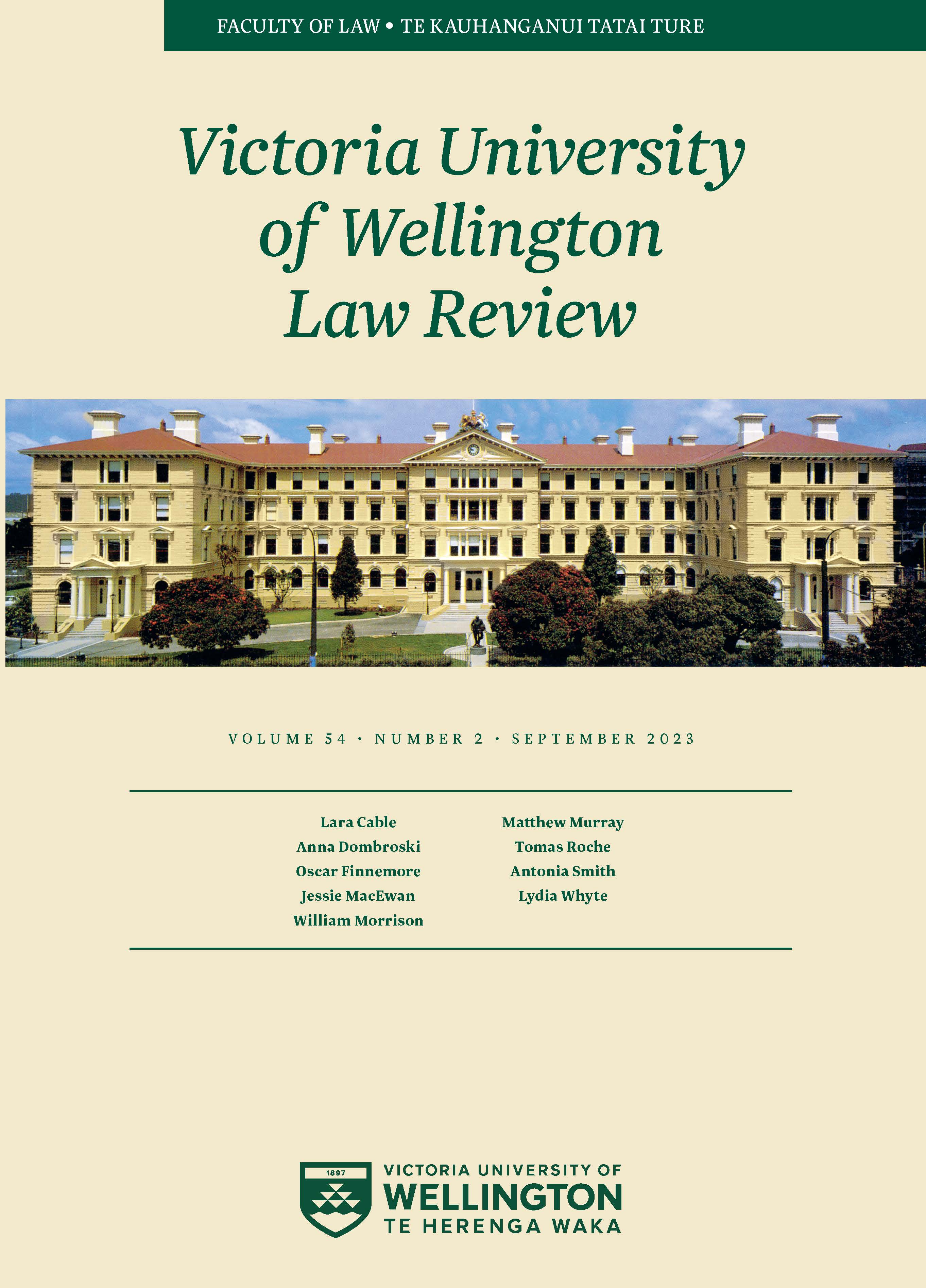The Prefaces to Sir Edward Coke's Reports and Modern Historical Jurisprudence
Abstract
The prefaces to Sir Edward Coke's 17th-century reports have a valuable role to play in the development of modern historical jurisprudence. The prefaces contain a unique legal philosophy. The jurisprudence of the prefaces is historical in that its central consideration is the role of the past in present law. The works of Frederic Maitland and Paul Vinogradoff reveal the primary weaknesses within this jurisprudence: Coke's conflation of legal and historical logic, and his insular notions of legal culture. Vinogradoff's model for the study of legal patterns provides the means of remedying these flaws. Coke's continued role in contemporary legal systems demonstrates the complexity of the relationship between history and law. From the perspective of a historian, Coke's work has limited validity. However, in the legal sphere, he continues to possess authority. The different meanings Coke takes on as a historical and legal figure demonstrate two areas of tension between law and history: (1) ahistorical practice lies at the heart of the common law; and (2) legal change can require the manipulation or misapplication of history. Ultimately, the prefaces provide three principles which should guide modern historical jurisprudence: (1) the law should be conceived of as a customary system; (2) past law guides present and future law and can do so in a way which facilitates modernity and legal evolution; and (3) change within the law must be viewed as a temporal phenomenon. If augmented with the works of Maitland and Vinogradoff, the jurisprudence of the prefaces may be the solution to the dissonances within the historical study of law that Coke's career and legacy make so clear.
Downloads
Downloads
Published
How to Cite
Issue
Section
License
Authors retain copyright in their work published in the Victoria University of Wellington Law Review.


